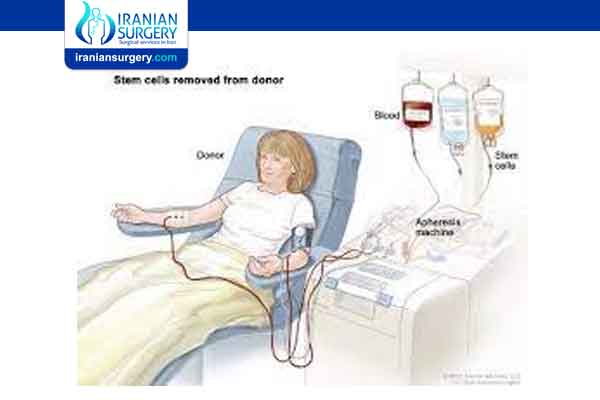Who Can Donate Stem Cells for Bone Marrow Transplant?
There are 3 main types of stem cell donors:
. Matched related – A brother or sister who has the same bone marrow type and the same mother and father.
. Brothers and sisters are matched through special blood tests called HLA (Human leukocyte antigen) typing.
HLAs are proteins found in most cells in your body. This test helps match donors and recipients. A close match increases the chances that the transplant will be a success. If HLA typing shows that you're a match, you'll undergo additional tests to make sure you don't have any genetic or infectious diseases that can be passed to the transplant recipient.
Cells from younger donors have the best chance of success when transplanted, the best age for donation is between 18 and 44 years.
. Matched Unrelated – volunteers who have the same bone marrow type as the patient.
. Usually these types of donations are matched through national organizations that match donors and patients who have the same type of bone marrow.
. Haploidentical – half-matched family members (usually a mother or father)
. This type of donation is still considered experimental and should be performed only as part of a research study.
Stem cells can be obtained from the donor’s bone marrow or peripheral blood (blood in the veins).
Or in some cases, stem cells are collected from the umbilical cord at the time of birth.


